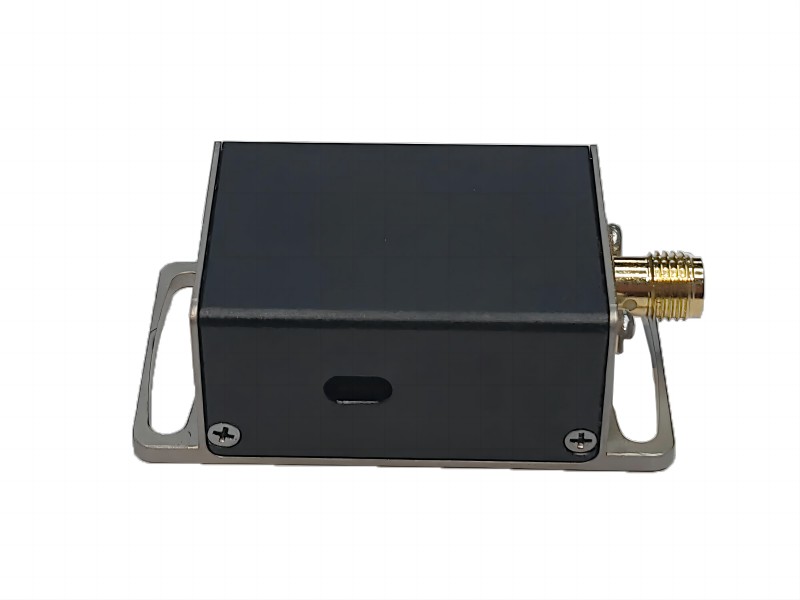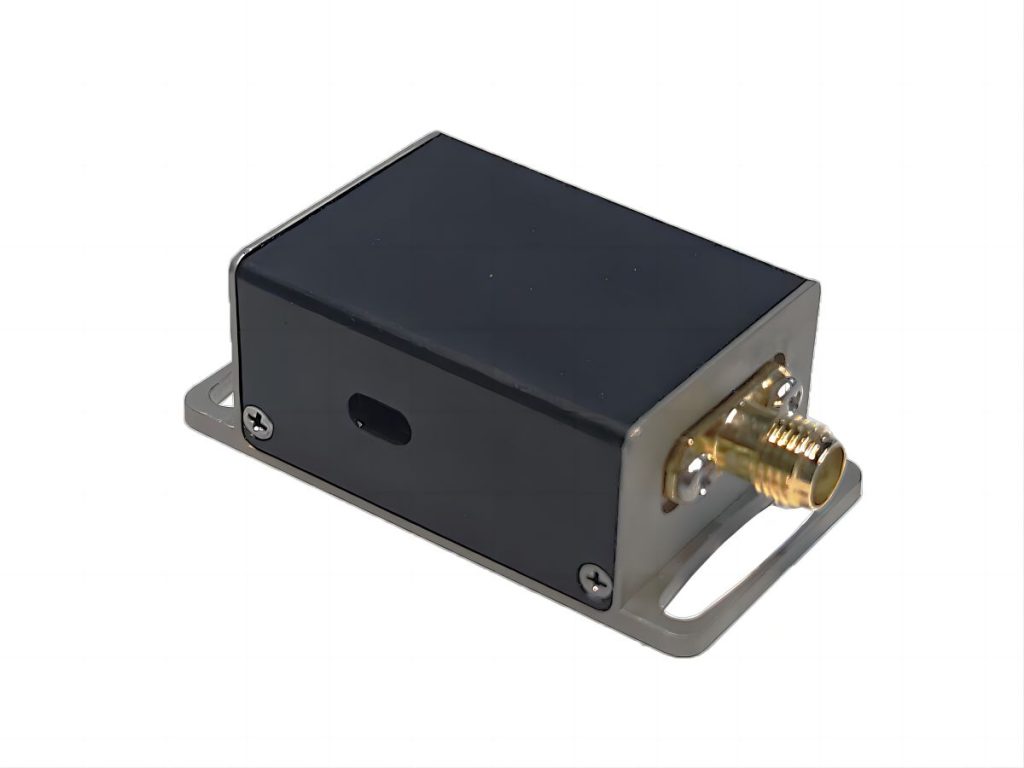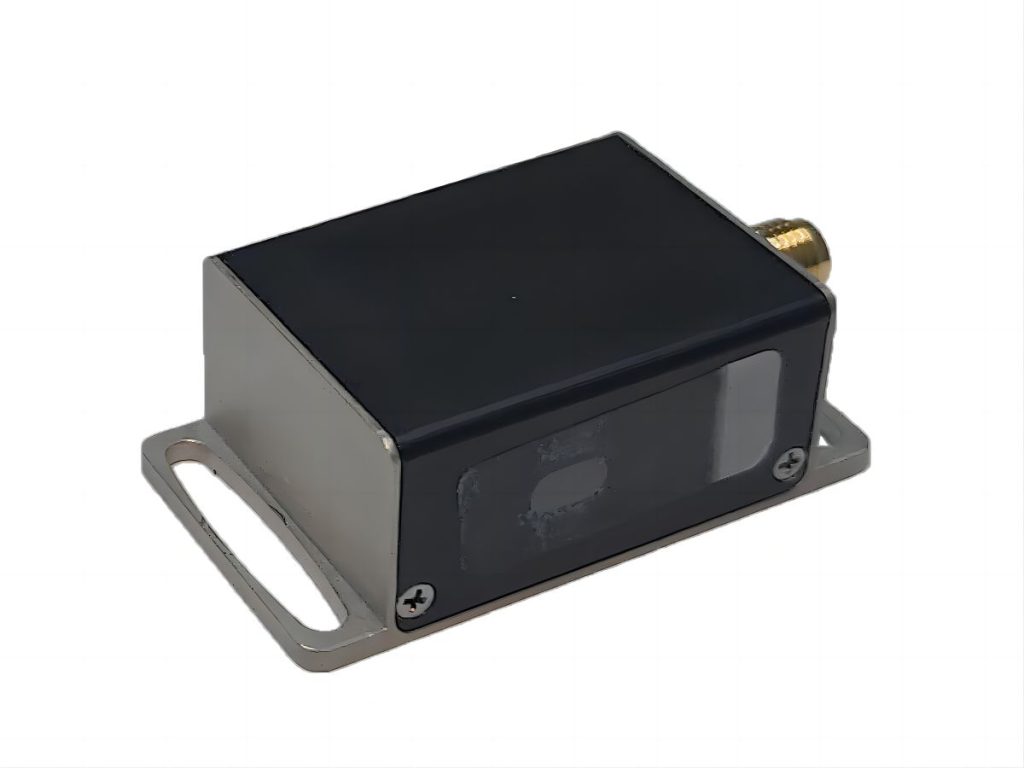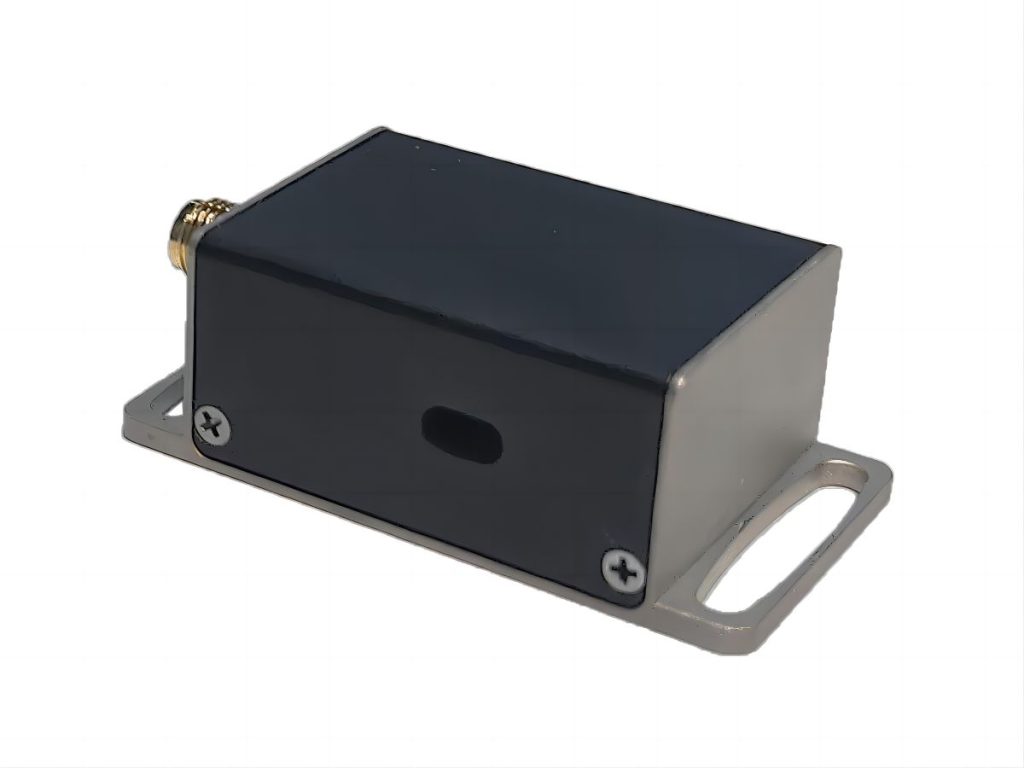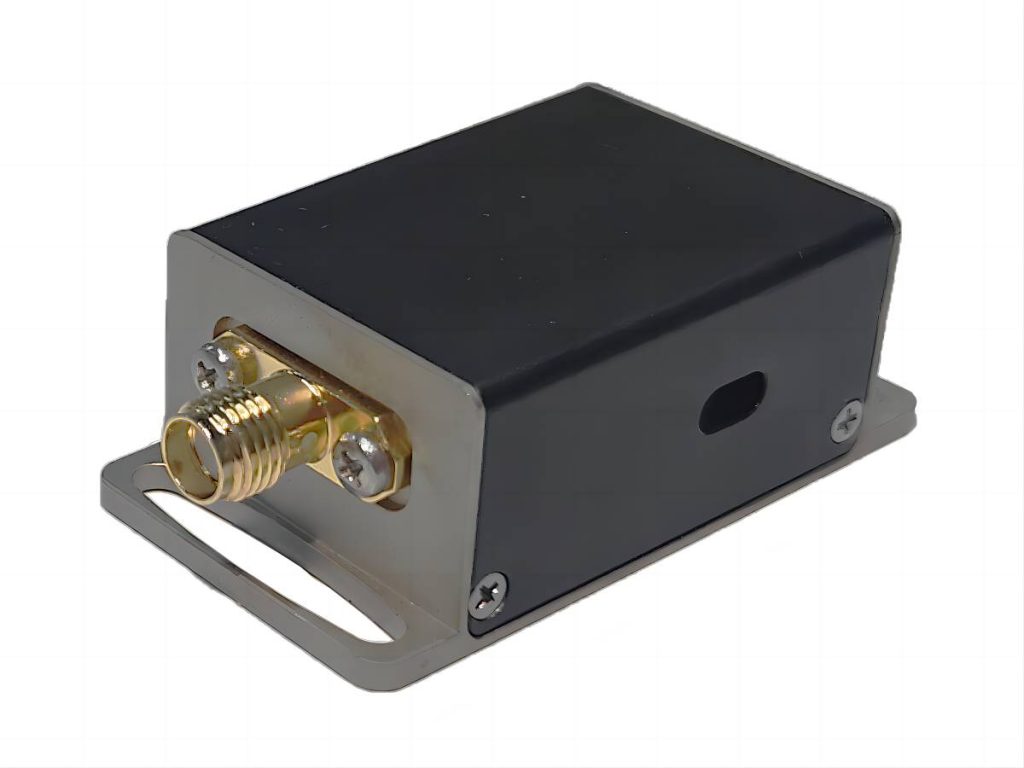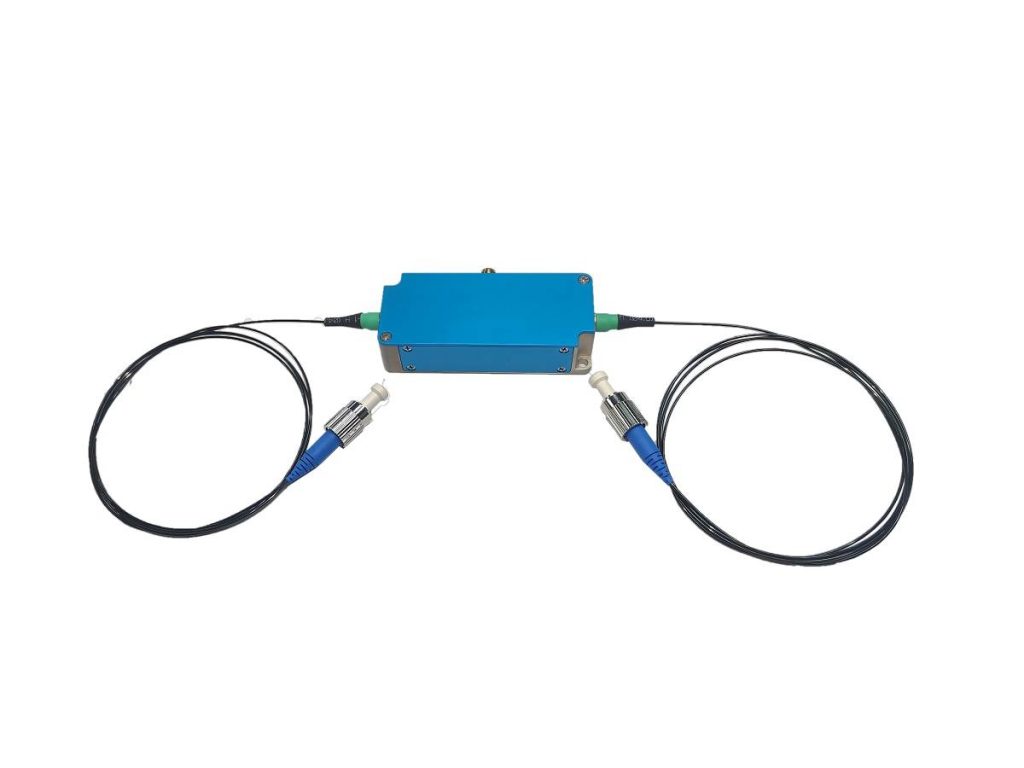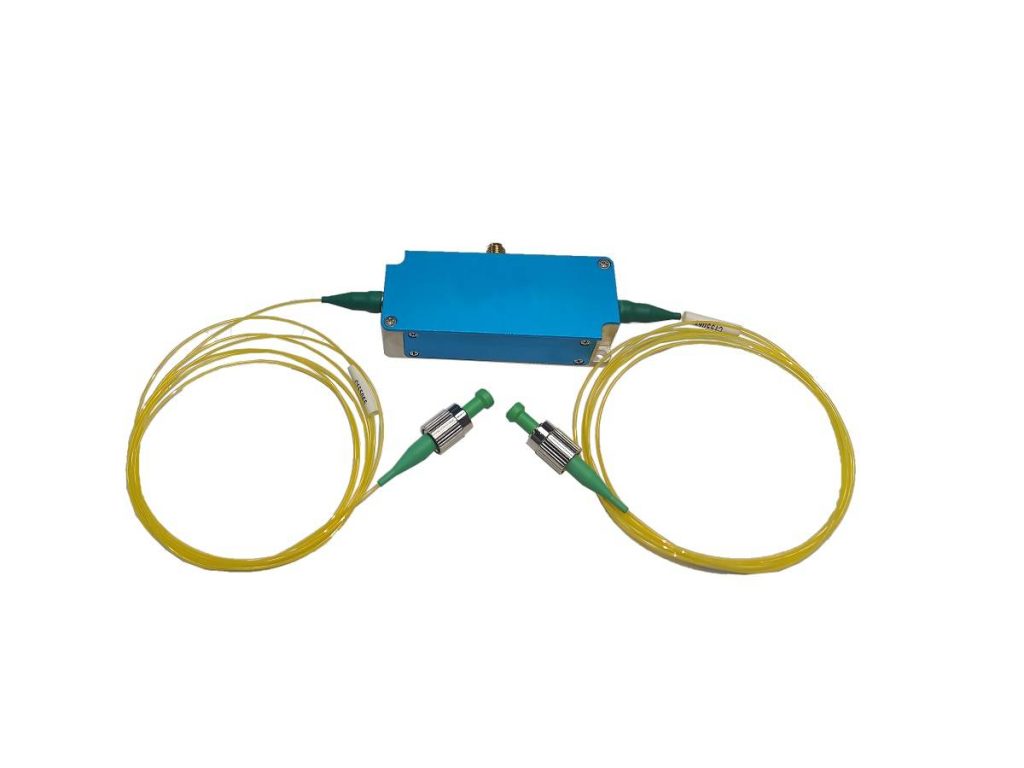Key Metrics and Driver Impact on Acousto-Optic Devices
Acousto-optic devices are of vital importance in contemporary photonics, among which the two most widely used components are acousto-optic deflectors (AOD) and acousto-optic modulators (AOM). Both take advantage of the acoutooptic effect – ultrasonic waves pass through a solid medium while light travels through the same space – enabling engineers to guide, modulate or otherwise control the beam at an astonishing speed. Since the output performance of any optical system depends to a certain extent on the driving performance of these components, it is crucial to firmly grasp their main indicators and the influence of driving signals on these indicators.

Key Performance Indicators of Acousto-Optic Deflectors
The acoutooptic deflector can be evaluated through some benchmark data summarizing the daily functions of the acoutooptic deflector:
1. Deflection Angle: The deflection Angle quantifies the tilt range of the output laser beam. This range depends on the crystal material and the frequency that drives the radio waves. As the frequency increases, the deflection Angle also increases, thus enabling rapid Angle scanning while the device remains in a physical position.
2. Resolution: Resolution indicates the fineness with which an AOD separates two points along the scanning path. The combination of higher bandwidth and shorter access time enables a clearer distinction between adjacent angles, making AOD highly suitable for imaging and measurement tasks with strict quality requirements.
3. Diffraction Efficiency: Its average value measures the proportion of incident light scattered to the target beam. In fact, it reveals the intensity of the coupling between the light field and the sound wave. A higher value can ensure that most of the incident light power leaves along the target direction.
4. Operating Frequency Range: The operating frequency range sets the limits on both the angles over which the beam can walk and the sharpness of features that can be resolved. A broader range typically corresponds to wider scanning angles and higher resolution.
5. Response Time: Response time gauges the lag between a change in drive signal and the visible shift in intensity or position of the light spot. Shorter response times are essential for high-speed imaging and scanning applications.
6. Power Flattening: Power planarization is the trick for the device to maintain approximately the same diffraction efficiency throughout the entire frequency band, so that the scanned image does not show hot or cold spots.
7. Scanning Speed: The scanning speed defines the speed at which the system jumps from one frequency to the next, and this metric directly determines the construction speed of the image. Workflows that demand near-real-time updates therefore put big pressure on achieving rapid frequency changes.

Key Performance Indicators of Acoustic Optic Modulators
AOMs exhibit specific performance characteristics critical to their function:
1. Modulation Depth: Modulation depth describes the ratio of diffracted light intensity to incident light intensity, representing the modulator’s capacity to alter light intensity.
2. Modulation Bandwidth: The frequency range over which effective modulation occurs is inversely proportional to the transit time of sound waves across the light beam. Broader modulation bandwidths cater to high-speed modulation requirements.
3. Insertion Loss: This parameter indicates the degree of signal attenuation after passing through the modulator. Low insertion loss ensures higher transmission efficiency.
4. Extinction Ratio: The extinction ratio is the contrast between maximum and minimum light intensities in the modulator’s on and off states. A high extinction ratio is essential for maintaining signal integrity.
5. Rise/Fall Time: Rise/Fall Time: Describes how long it takes the modulator to flip between on and off, and this delay directly limits the systems overall speed.
6. Diffraction Efficiency: Much like that found in AODs, gauges how well the acoustic waves mix with the light, so it matters a great deal for keeping power losses low.
7. RF 3-dB Bandwidth: Indicates the range of frequencies over which the RF power sits above half of its peak; the figure reveals how the modulator behaves at high rates.
8. Modulation Efficiency: Modulation efficiency quantifies the effectiveness of converting electrical input signals into optical output. Higher efficiency enhances system performance.

Impact of Drivers on Acousto-Optic Devices
The driver remains a linchpin in any acousto-optic assembly because it energizes the crystal and thus shapes image quality. Engineers usually watch its frequency and amplitude, sometimes using multiple tones, to squeeze out every last bit of performance.
For Acousto-Optic Deflectors
1. Driving Signal Frequency
- Deflection Angle: Because the signal frequency sets the speed of the acoustic wave in the medium, it also locks in the direction and steepness of the deflected beam. Tuning the frequency lets operators scan across surfaces with razor-sharp precision.
- Resolution: High-accuracy frequency modulation enhances resolution, supporting high-resolution imaging.
2. Driving Signal Amplitude
- Diffraction Efficiency: Stronger acoustic waves scatter light with greater force, so the output efficiency climbs as amplitude rises. That gain appears especially in the first-order beam, which many applications count on most.
- Power Control: By dialing the amplitude up or down, scientists can soften or sharpen the spot on a sensor, matching brightness to every task that might arise.
3. Multi-Frequency Driving
- Multi-frequency driving creates and transmits a set of diffracted laser waves at once, with each wave tuned to its own drive frequency. By emitting several beams at the same time, the technique enables tasks such as multi-point laser excitation and rapid parallel-beam scanning.
For Acoustic Optic Modulators
1. Driving Signal Frequency
- Modulation Bandwidth: High-frequency signals expand the modulation bandwidth, increasing modulation speed.
- Bragg Diffraction: The driving frequency must satisfy Bragg’s condition to maximize diffraction efficiency.
2. Driving Signal Amplitude
- Diffraction Efficiency: Increasing amplitude enhances diffraction efficiency, transferring more power to the modulated beam.
- Linear Response: Precise amplitude control achieves a linear modulation response, enabling accurate light intensity control.
3. Modulation Type
- Analog Modulation: Continuous amplitude variation allows smooth intensity transitions.
- Digital Modulation: On/off signals enable rapid beam switching, ideal for high-speed applications.

Final Thoughts
The performance numbers of AODs and AOMs often dictate whether an optical system meets its design goals. The quantities such as the maximum deflection Angle, angular resolution, peak diffraction efficiency, modulation depth and bandwidth shape will all affect quantum circuits, metrology platforms and next-generation high-speed optical links.
Acousto-optic devices rely on electronic drivers to steer light with high accuracy, adjusting angle, power, and frequency almost instantaneously. As new driver circuits and advanced crystal materials appear, these systems will become faster and more versatile, sparking fresh ideas in optics research and commercial applications.

